Microcement has transformed from a niche product into a mainstream design solution for commercial spaces. Today, it’s not just homeowners but retailers who are embracing microcement for its versatility, durability, and contemporary look.
With its ability to function as both flooring and wall finish, microcement in retail interiors offers brands the chance to create stylish, functional, and sustainable environments. This blog explores why it has become such a popular choice for retail design and how it’s redefining commercial interiors.
What Makes Microcement in Retail Interiors a Popular Choice?
Retail spaces demand surfaces that combine practicality with strong visual appeal. Microcement checks both boxes. Its seamless finish eliminates visible joints and grout lines, creating a sleek, modern aesthetic that immediately elevates any store.
Designers also value its ability to mimic stone, concrete, or wood, giving them freedom to achieve a variety of looks without the limitations of traditional materials.
Microcement can be applied to both floors and walls, creating a unified design that feels cohesive and expansive. This flexibility has made it a favorite in retail environments where every design detail is tied to customer experience.
How Does Microcement Enhance the Aesthetic Appeal of Retail Spaces?
Retail design is all about atmosphere. A store must tell a brand’s story, and its surfaces play a vital role in that storytelling. Microcement in retail interiors allows for finishes that range from smooth, polished sophistication to more rugged, textured looks. This adaptability makes it suitable for everything from luxury fashion boutiques to minimalist tech showrooms.
Microcement can be color-tinted to align with any brand palette. Whether bold hues for a youthful brand or neutral tones for a high-end retailer, microcement supports customization that strengthens visual identity. Its modern, seamless surfaces help create spaces where customers feel inspired to explore and engage.
What Are the Durability Benefits of Microcement in Retail Interiors?
Retail stores see thousands of footsteps, constant furniture movement, and inevitable spills. Durability is essential, and microcement delivers. It’s resistant to scratches, stains, and surface wear, meaning it stays looking good even under heavy daily traffic.
Microcement’s resilience makes it one of the most durable floorings for stores. Its longevity also means fewer replacements, translating into cost savings over time. For retailers, this durability is not just practical—it’s sustainable too, reducing waste associated with short-lived flooring systems.
How Does Microcement Compare to Other Flooring Materials in Retail Settings?
Tiles and wood have long dominated retail flooring, but both come with drawbacks. Tiles require grout lines, which collect dirt and discolor quickly. Wood looks warm but scratches easily and doesn’t hold up well to moisture. Marble and stone provide elegance but are expensive and high-maintenance.
Microcement provides a middle ground—it achieves the elegance of polished stone, the warmth of wood tones, and the sleekness of concrete, all at a lower cost and with less upkeep. It’s more flexible in design, more durable than wood, and far less demanding than stone, making it an ideal choice for modern retail flooring.
How Is Microcement Installed in Retail Spaces?
The microcement installation process is faster and cleaner than many alternatives, a big advantage for retailers who can’t afford long closures. Professional installation is key, but the method itself is straightforward:
- Surface Preparation: Clean, level, and prime the existing floor or wall.
- Application: Several thin layers of microcement are applied and smoothed.
- Curing: The material is left to set and harden.
- Sealing: A protective coat is added to ensure resistance to stains and wear.
Microcement can be applied directly over existing surfaces, it avoids demolition waste and reduces installation downtime. This efficiency is another reason it’s gaining popularity in retail projects.
What Are the Maintenance Requirements for Microcement in Retail Interiors?
Maintenance is where microcement shines even brighter. Its seamless finish eliminates spaces where dirt, mold, or grime can collect. Daily cleaning requires nothing more than water and mild detergents. For busy retail owners, this low-maintenance routine is a major relief.
Occasional resealing may be required, depending on foot traffic, but overall, microcement demands far less attention than wood or tile. Its ease of upkeep helps retailers keep their spaces looking polished without investing heavily in professional cleaning or repairs.
What Are the Cost Benefits of Using Microcement in Retail Interiors?
Microcement in retail interiors provides excellent long-term value. While the upfront cost may be slightly higher than mid-range tiles or laminate, its longevity and reduced maintenance make it more affordable over time.
Fewer replacements and lower cleaning costs mean retailers save significantly across the lifespan of the material. It also eliminates the need for expensive design materials like marble, since microcement can replicate similar finishes at a fraction of the cost. For custom retail flooring solutions, this affordability, combined with design flexibility, makes it particularly appealing.
How Does Microcement Fit into Sustainable Retail Design?
Sustainability is now central to retail design, and microcement fits seamlessly into this trend. It is considered an eco-friendly commercial flooring option thanks to its minimal raw material use, long lifespan, and ability to be installed directly over existing surfaces. This reduces both material consumption and landfill waste.
Microcement supports green building initiatives and can contribute to LEED certification for retail spaces. Its longevity makes it a sustainable flooring for retail because it reduces the environmental burden of frequent replacements. For retailers who want to align their interiors with eco-conscious branding, microcement is a natural choice.
Wrapping Up: Why Microcement is the Ideal Flooring Choice for Retail Interiors
Microcement in retail interiors offers the perfect balance of form and function. It’s stylish, durable, and practical—qualities that every retail space needs to succeed. Its ability to create seamless surfaces across floors and walls enhances visual appeal while supporting brand identity. Its durability ensures long-term performance, and its eco-friendly qualities support sustainable retail design.
By reducing maintenance costs, offering flexible design options, and standing up to high traffic, microcement proves itself as more than just another flooring trend. It’s a smart investment for retailers seeking to create spaces that impress customers while supporting long-term efficiency. For businesses planning their next store renovation or build-out, microcement is more than a material—it’s a game-changing solution.

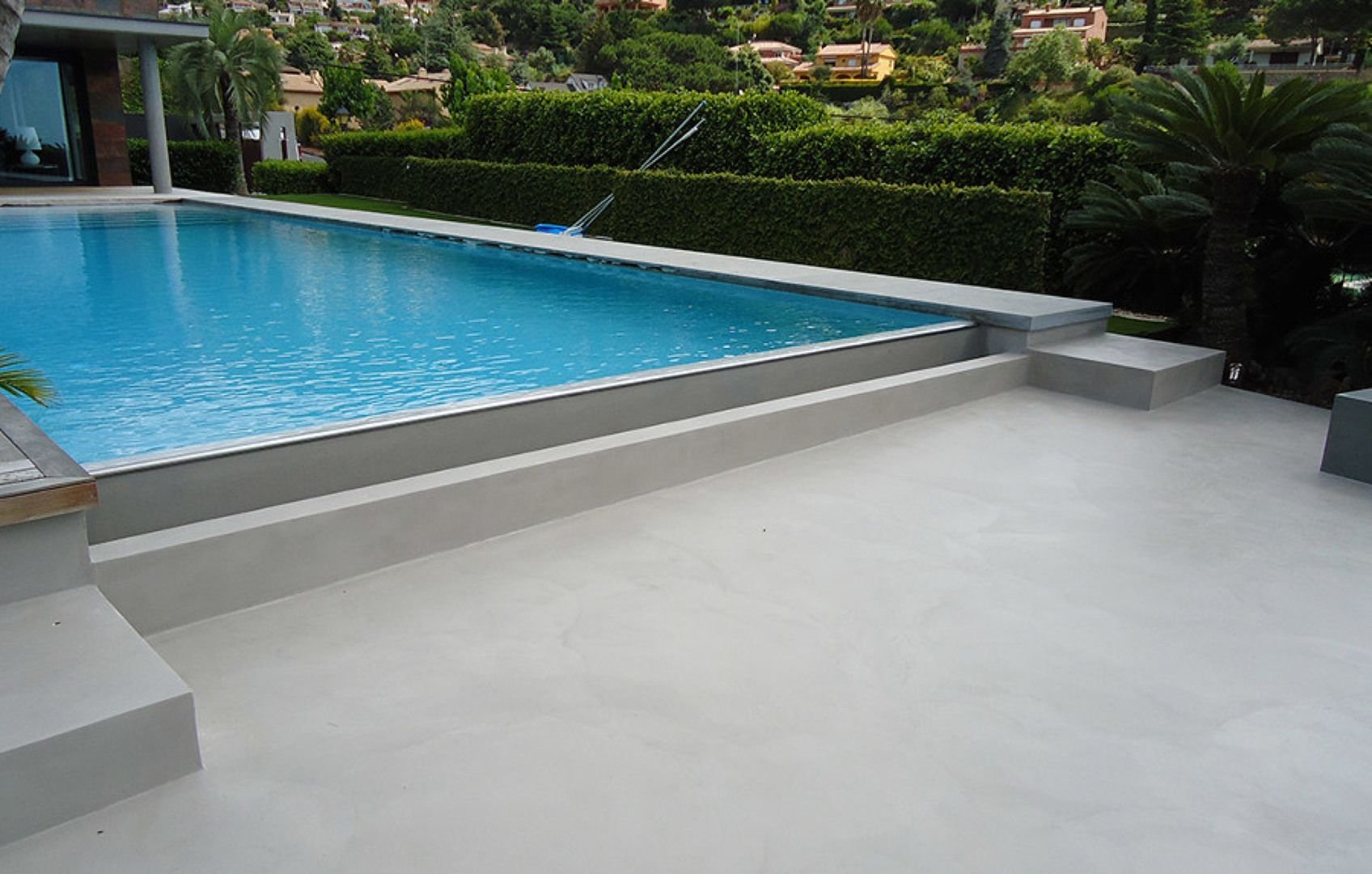

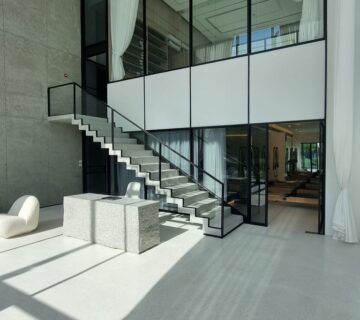
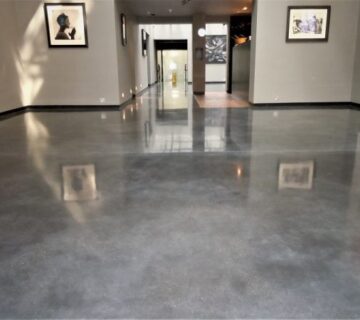
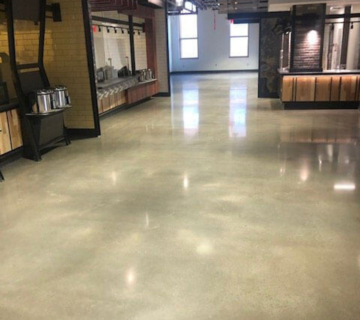
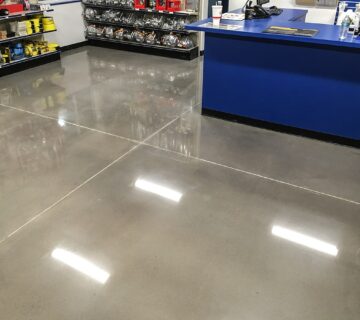
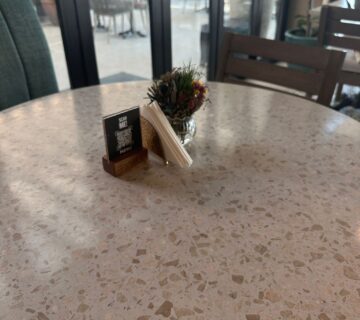
No comment